Editor’s choice
SEI has proposed a rural sanitation implementation framework called “Clean and Green” (C&G), to encourage a more comprehensive management of sanitation related risks and resources on household and community level. This framework is currently further developed and operationalized in pilot communities in Burkina Faso in collaboration with WaterAid, within a larger rural sanitation program financed by Sida.
2020–2023
Sanitation and hygiene interventions in rural communities usually have a strong focus on human excreta, promoting the construction and use of toilets as well as handwashing at critical times. However, a growing body of research shows that a more comprehensive approach is needed to target the multiple pathogen pathways in the local environment. Beyond human excreta, this includes for example reducing exposure to animal excreta and strengthening food and water hygiene practices. In the same vein, all major household and community waste flows containing nutrients, organic matter and water need to be safely and efficiently reused to enhance agricultural production and environmental sustainability. In many rural settings this implies the safe reuse of animal and human urine and faeces, ash, greywater and organic waste.
However, there is a lack of sanitation implementation frameworks supporting such integrated risk and resource management, leading to un-coordinated and partial interventions. ‘Clean and Green’ aims to fill this gap by combining the advantages of the community engagement of the Community Led Total Sanitation (CLTS) approach with the system view of ecological sanitation.
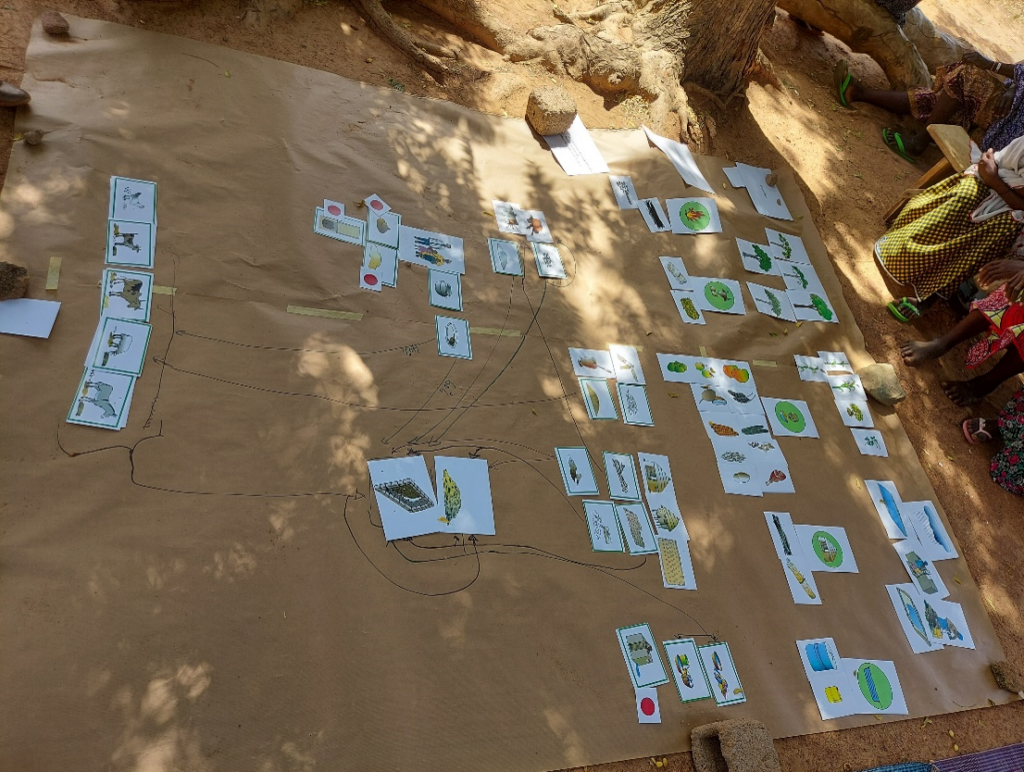
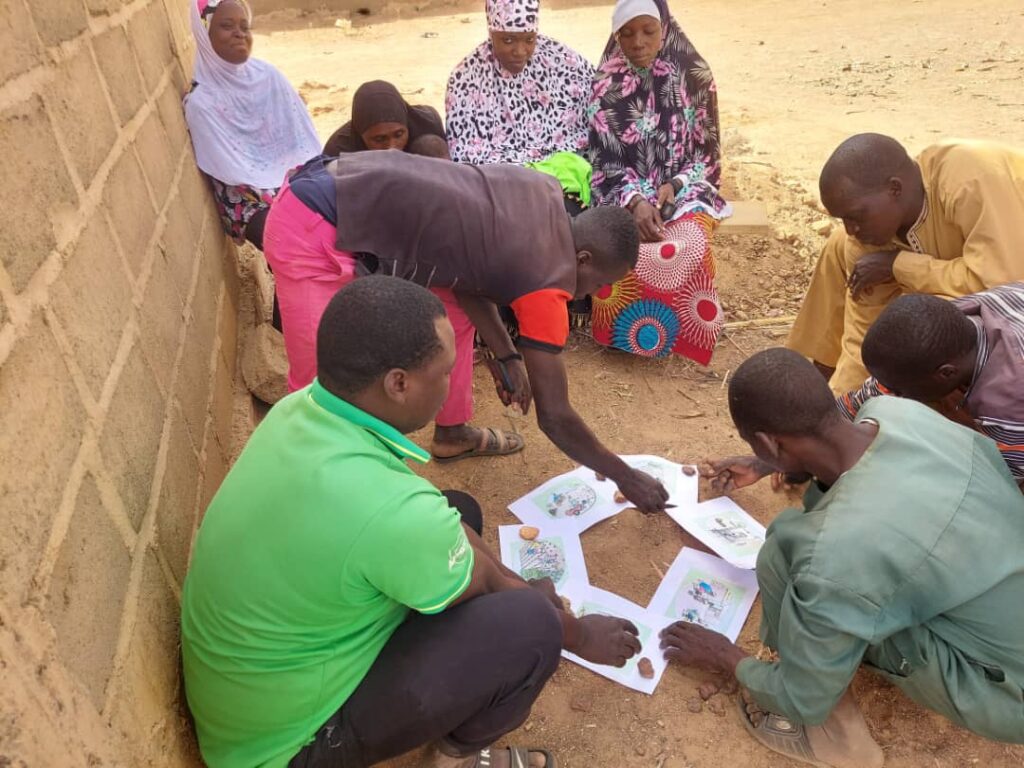
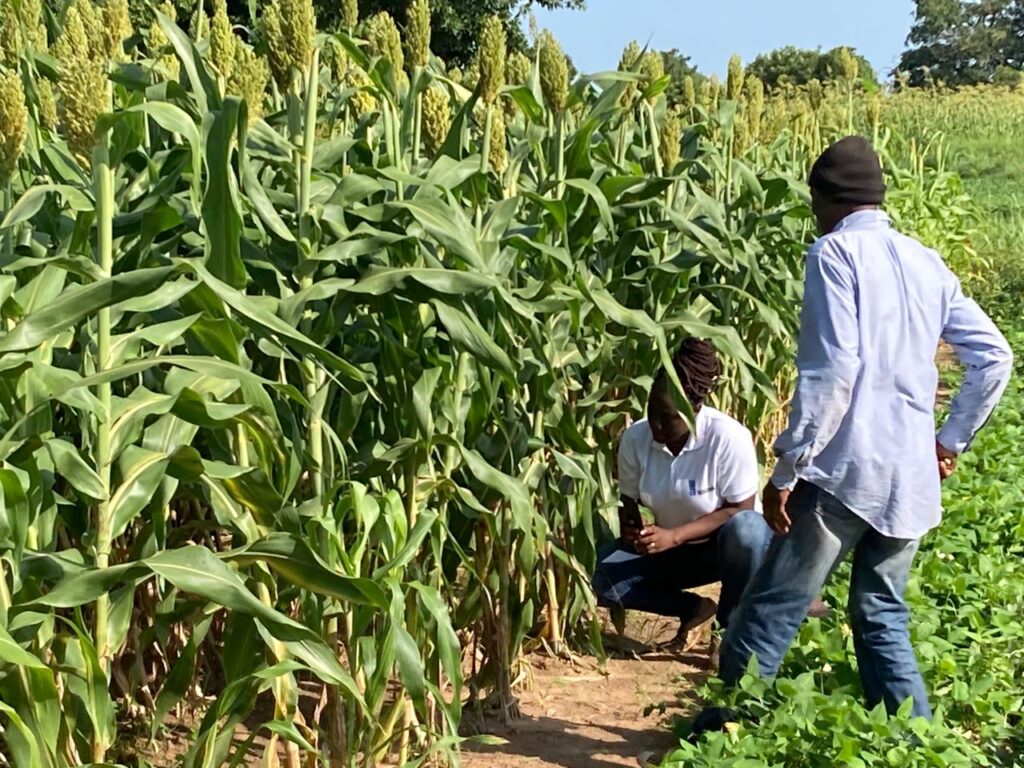
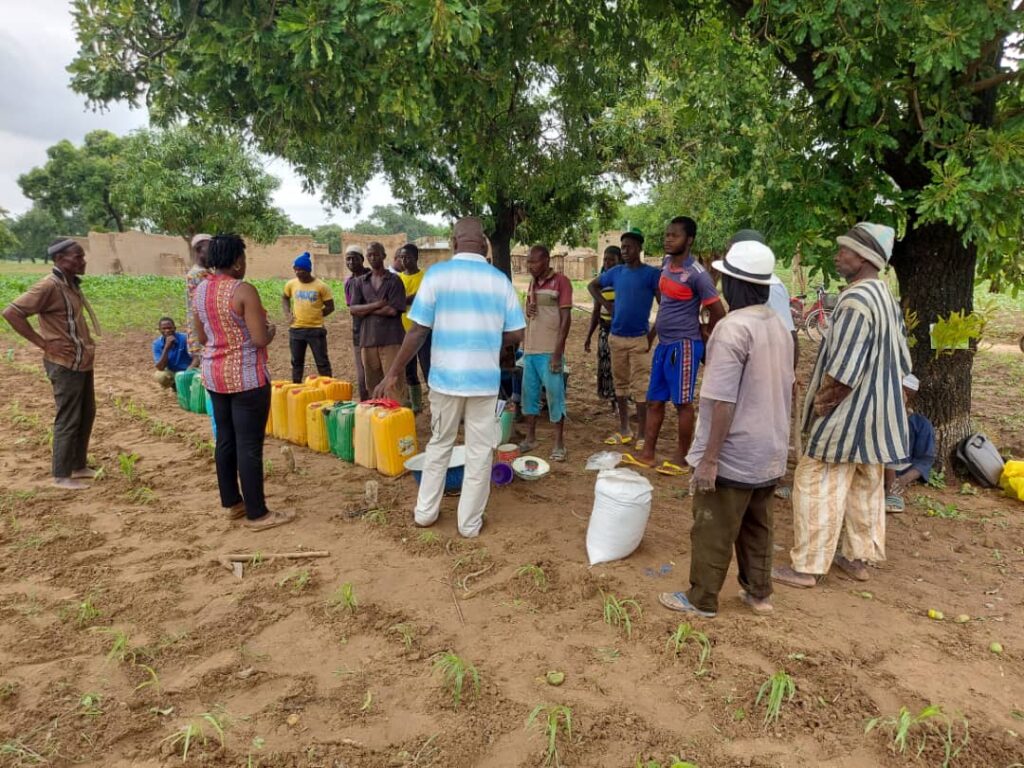
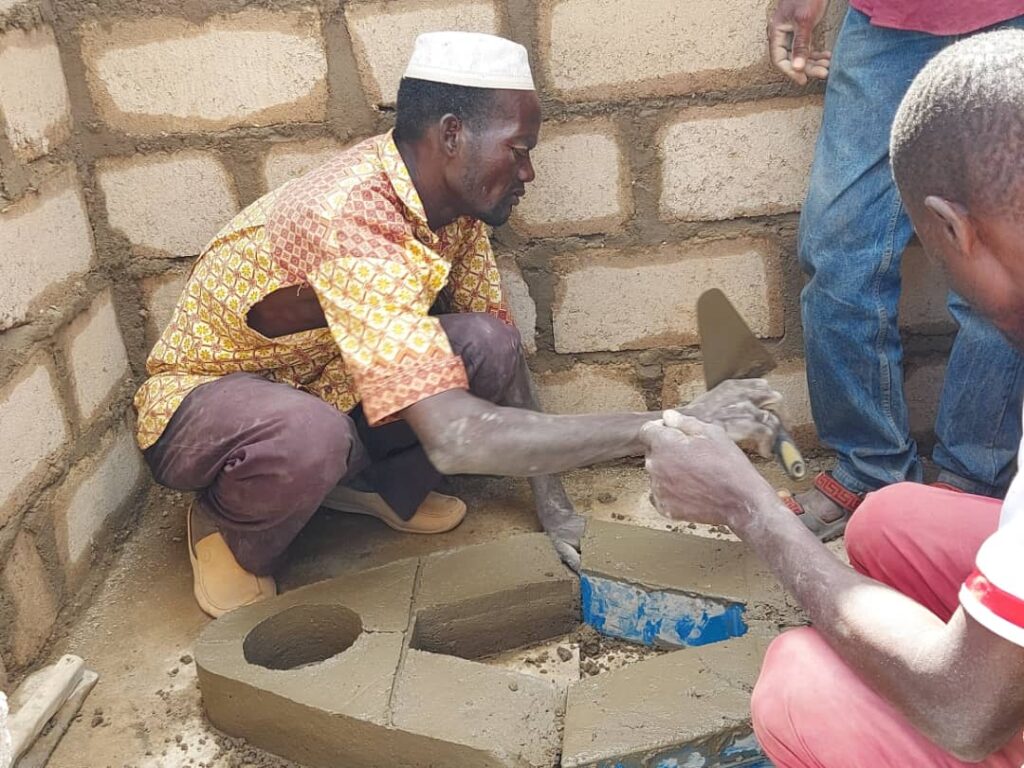
SEI has a long legacy of working in Burkina Faso and in Niger with research and pilot projects on productive sanitation. The IFAD funded productive sanitation project in Aguié Niger http://www.ecosanres.org/aguie/ provided valuable lessons for the Clean and Green framework as well as the sustainability evaluation of major ecological sanitation interventions in Burkina Faso 3-8 years post project.
Since 2020, ‘Clean and Green’ is developed and piloted in collaboration with WaterAid as an action-research component of a larger Sida financed rural sanitation program in Burkina Faso. WaterAid supports 700 villages to become open defecation free (ODF) while ‘Clean and Green’ has been introduced in three ODF-declared villages in early 2022 as a second step to increase sanitation ambitions and stimulate reuse.
The project objectives are: to develop and operationalize the intervention framework, evaluate the impact in pilot villages and produce a ‘Clean and Green’ guide to enable further uptake in Burkina Faso and beyond. Implementation is ongoing, and an impact evaluation is planned for 2023.
Level 0 is the typical baseline situation in many rural communities. Level 1 is often part of rural sanitation interventions, eliminating open defecation and adopting basic hygiene practices. At Level 2, the ambitions are raised, with a more comprehensive management of local risks on the “Clean” side as well as the safe and productive management of waste resources on the “Green” side at household level as well as community level.
The Clean and Green initiative is part of the PHA-3R programme (Rural Sanitation and Hygiene in three regions) financed by The Swedish International Development Cooperation Agency, Sida in Burkina Faso.
The partners are: SEI, WaterAid and Eau Vive Internationale.
Saïdou Savadogo
Programme Officer, WaterAid Burkina Faso
Research and Knowledge Management Officer, WaterAid Burkina Faso
Maimouna Kanazoe
Project Manager, Eau Vive Internationale, Burkina Faso
Other publication / This discussion brief presents an updated version of Clean and Green framework, and gives an overview of tools that support the implementation in Burkina Faso.
12 April 2023 / About Food and agriculture and Sanitation
Past event / On World Water Day 2023, Swedish EU Presidency, FAO Liaison Office in Brussels, and SIANI, are hosting a seminar on sustainable water and sanitation management.
22 March 2023 / About Food and agriculture, Sanitation, Water resources and Water-Energy-Food Nexus
SEI brief / Clean and Green is the first rural sanitation implementation framework that explicitly addresses efficient local resource management
22 August 2017 / About Food and agriculture, Pollution and Sanitation
Journal article / Key lessons for future ecological sanitation projects, from four "return to learn" initiatives in Burkina Faso.
20 March 2020 / About Sanitation
Journal article
12 September 2017 / About Behaviour and choice, Sanitation, Water resources and Water-Energy-Food Nexus
Other publication / A set of 116 images can be used with the Resource Flow mapping tool and other sensitization tools in the Clean and Green framework.
5 July 2023 / About Food and agriculture and Sanitation
SEI report / Ce document présente VPP et un aperçu des outils d’opérationnalisation, et la pertinence et des perspectives du VPP dans le contexte rural du Burkina Faso.
15 November 2023 / About Sanitation
SEI report / L’exercice Flux des ressources permet aux participants de prendre conscience que les différents déchets « naturels » du ménage sont des ressources importante.
15 November 2023 / About Food and agriculture and Sanitation
SEI report / Dans ce document, des indicateurs et des méthodes d’évaluation sont proposés pour chaque composante du volet Propre et du volet Productif.
15 November 2023 / About Sanitation
SEI brief / Este documento presenta una versión actualizada del marco L&V y de las herramientas de apoyo basadas en una experiencia piloto en Burkina Faso.
8 March 2024 / About Sanitation and Water resources
Media coverage / Harriette Adhiambo Okal, Water Systems expert at the SEI Africa speaks on the direct link between water scarcity and economic stability.
22 March 2024 / About Adaptation, Food and agriculture and Water resources
Feature / SEI Africa's Harriette Okal discusses the role of water in conflict and cooperation, emphasizing sustainable management and gender equality.
21 March 2024 / About Sanitation and Water resources
Perspective / This World Water Day, SEI Scientist Doug Chalmers reflects on how science supports conflict resolution around one of the planet's most precious resources: water
21 March 2024 / About Food and agriculture, Planning and modelling, Water resources and Water-Energy-Food Nexus
Design and development by Soapbox.